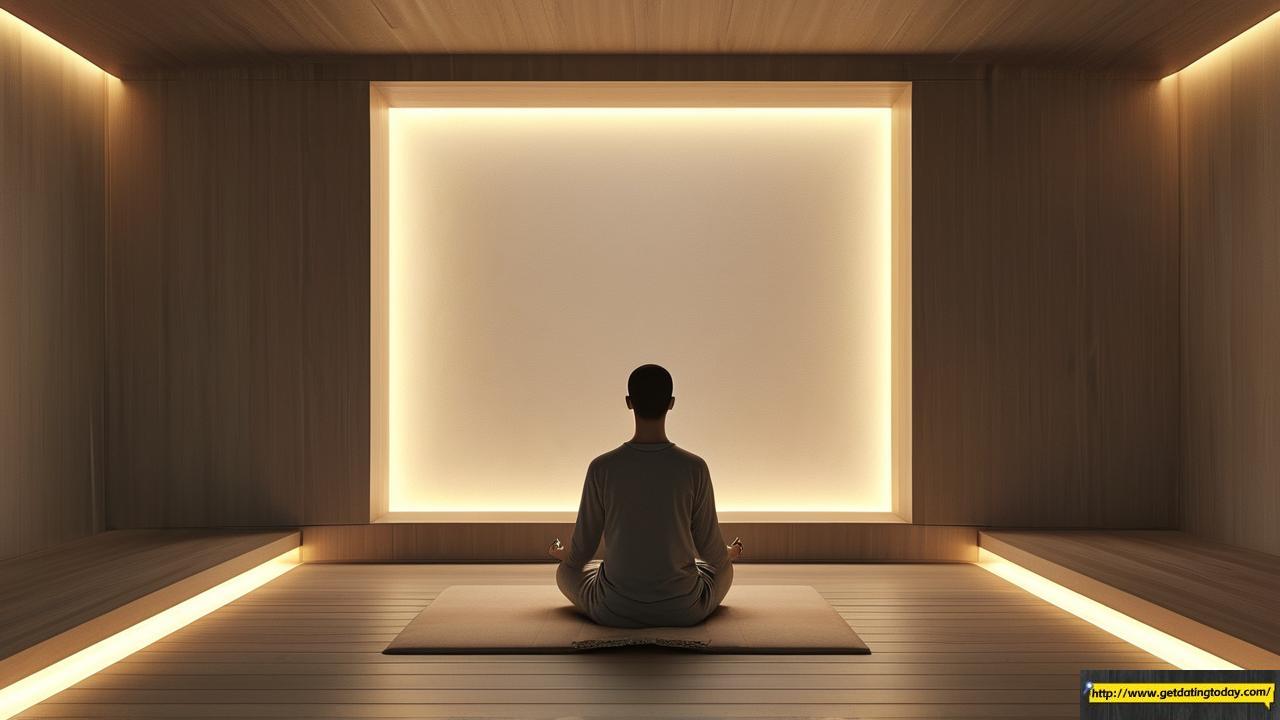I saw for the first time a couple gracefully waltzing under a string of lights, their movements so perfectly synchronized yet still dancing. There are moments of pushing and pulling, moments of approaching and retreating – a subtle balance that neither feels forced nor fragile. This is art that moves together while respecting your unique rhythm.

When ‘we’ do not erase ‘me’
Sarah once admitted that she stopped painting after living with her partner because she was worried that her studio time would diminish their reunion. Two years later, resentment was brewing beneath her cheerful exterior passion – whether it was salsa dancing, poetry writing, or marathon training. Love is not about losing oneself; It’s about growing together without hiding each other’s radiance. Arrange a ‘solo date’ without apology to see how your shared conversation deepens with the richness of your respective adventures.

The Unsexy Truth About Communication
We have all heard of ‘talking more’, but balanced emotional communication is not just about frequency, but about how you express your needs. Taking Alex and Jamie as an example: During busy work weeks, they set up “traffic light sign ins”. A brief phrase ‘I feel very yellow today – I need some quiet time’ replaced the lengthy discussion where neither of them had the energy. Tiny creative signals can prevent emotional bottlenecks. When a conflict arises, try asking this unexpected question: “What does your inner child need now? Surface parameters.

The Permission to Be Imperfectly Balanced
Social media sells us fairy tales of flawlessly harmonious couples, but real emotional equilibrium involves occasional wob the butterfly, but rarely admit the changes it has gone through.” Similarly, relationships endure seasons—passionate summers, reflective winters. During a rough patch, my friends Lena and Tom instituted “Monthly Reset Mornings”: they’d brew coffee, share three appreciations, then voice one unmet need without judgment. It wasn’t glamorous, but those honest hours became their relationship’s compass.

When Giving Feels Like Draining
Sacrifice is romanticized, yet overgiving often masks fear—of abandonment, conflict, or inadequacy. Notice if your acts of love stem from joy or anxiety. Emily realized she’d been over-catering to her partner’s preferences until she couldn’t recall her favorite pizza weekend plans, with veto power only for genuine dislikes (no passive-aggressive sighs allowed). Balance isn’t transactional score-keeping; it’s ensuring both voices shape the relationship’s melody.

The Quiet Power of Emotional Mirrors
Our partners often reflect back emotions we suppress. When Mark criticized his girlfriend’s “overreacting,” his therapist asked, “What if her intensity mirrors your own unexpressed anger?” Instead of dismissing each other’s emotions, try curious empathy: “Help me understand why this matters so much torounds.
Cultivating Shared Stillness
In Bali, couples often practice mesarah—sitting silently together, absorbing nature’s rhythms. You don’t need a tropical getaway to embrace this. Try “breath sync evenings”: sit facing each other, hands touching, inhaling/exhaling in unison for five minutes. No talking, just presence. These pauses recharge emotional batteries more effectively than forced date nights.

True balance isn’t found—it’s forged through imperfect, persistent tending. love thrives when we honor its natural ebb and flow. Start small: today, share one unfiltered feeling, then listen—not to fix, but to witness. Sometimes, the bravest act of love is simply saying, “I’m here. Let’s figure this out together.”
